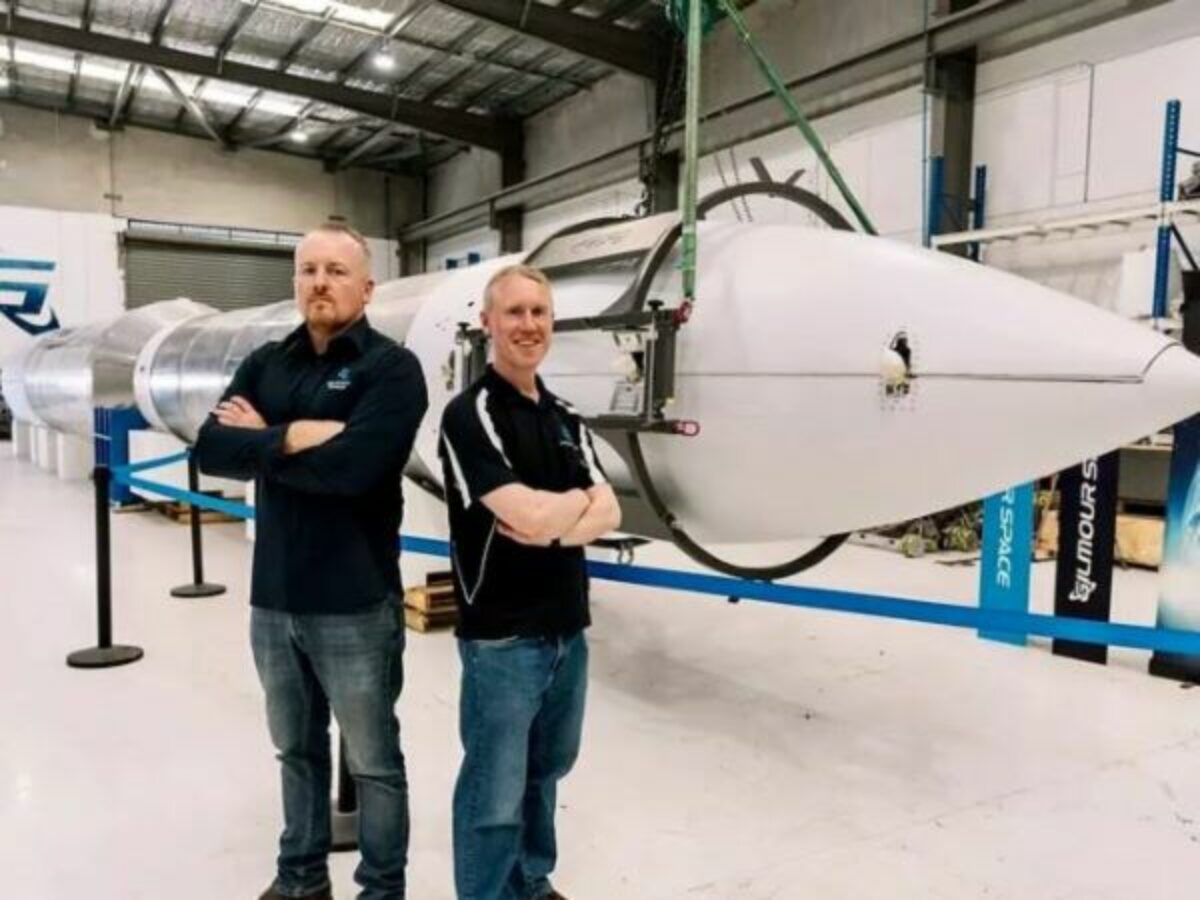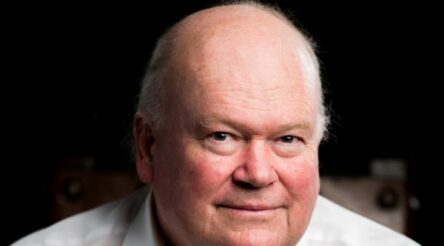R&D companies should beware too much success

By Peter Roberts
Australia has a modest R&D tax incentive programme which rewards innovative young companies with a tax refund based on their R&D spending.
But those same small companies face a refund cliff should they grow too big – the scheme returns tax on the basis of R&D performed only up to a company turnover of $20 million.
Let’s put aside for a moment that the ATO considers investments in their future by bigger companies to be of the same importance as, say, their purchase of a ute or coffee pot for the office canteen.
The tax department has always seen tax concessions for R&D as revenue leakage and has fought to have them cut or more narrowly defined – all too often successfully – every year as part of budget deliberations.
But consider the fate of highly innovative companies that grow past $20 million – suddenly they find their risky and innovative work of no particular value to the country’s future economic success.
Rocket manufacturer Gilmour Space Technologies is one company that has grown beyond the $20 million mark – it now has revenues of $59 million.
Yet no-one would say that Gilmour is less innovative than it was a few years ago, nor that it is not risking everything on its development of technology that will actually get a rocket into space.
Launching Gilmour’s first Eris rocket (pictured) is timed for March this year and should certainly be seen as a massive feat of risk-taking technological innovation by a small Australian company.
This week another Australian startup, cold cathode X-ray manufacturer Micro-X, fretted that it was reaching, or had passed the $20 million threshold.
Micro-X received a $3.31 million R&D incentive in FY22 from the tax office.
However the company told investors: “At this point in time it is uncertain that the ‘less than $20 million’ revenue threshold will be achieved (in FY23), and the company has therefore taken the conservative position that its eligible R&D incentive be disclosed as a tax loss offset rather than a cash receivable.
“As the benefit is not recognised in the current year, the 31 December 2022 loss of $3.9 million has been adjusted to $7.2 million…for comparative purposes.”
Again no-one could say that Micro-X was not extraordinarily innovative – it has developed the first new way to generate X-rays using carbon nanotubes, besting a century old technology.
It is also developing machines to detect improvised explosives devices, to detect stroke in patients at point of care in an ambulance, and a passenger baggage checkpoint for airports.
Risky stuff – just don’t expect the Australian taxation system to see it as particularly worth incentivising.
Further reading:
Browse @AuManufacturing’s coverage of Gilmour Space Technologies here.
Browse @AuManufacturing’s coverage of Micr0-X here.
Picture: Gilmour Space Technologies founders James (left) and Adam Gilmour
@aumanufacturing Sections
Analysis and Commentary Awards Defence Manufacturing News Podcast Technology Videos










